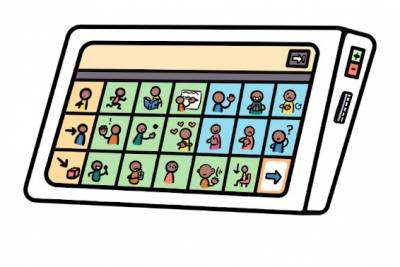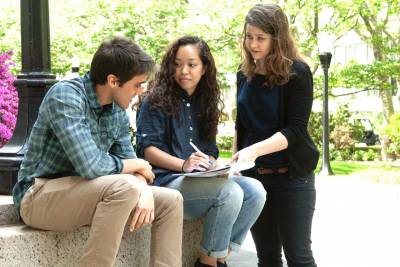Creating Physically Accessible Lab Spaces
Are scientific research spaces designed for everyone?
In the United States there are 61 million adults living with a disability. This means that there are three times as many people with disabilities as those with red hair (1)! Scientists with hearing or vision impairments accounted for only 4% of PhDs awarded in 2020, and those with limited mobility accounted for just 1% (3). There are many ways in which academic ableism, the discriminatory system of devaluing disabled people within academia, makes science inaccessible to disabled people. Inadequate accommodations, the double-edged sword of disclosure, and being physically unable to work in lab spaces are just a few of those barriers (3, 4).
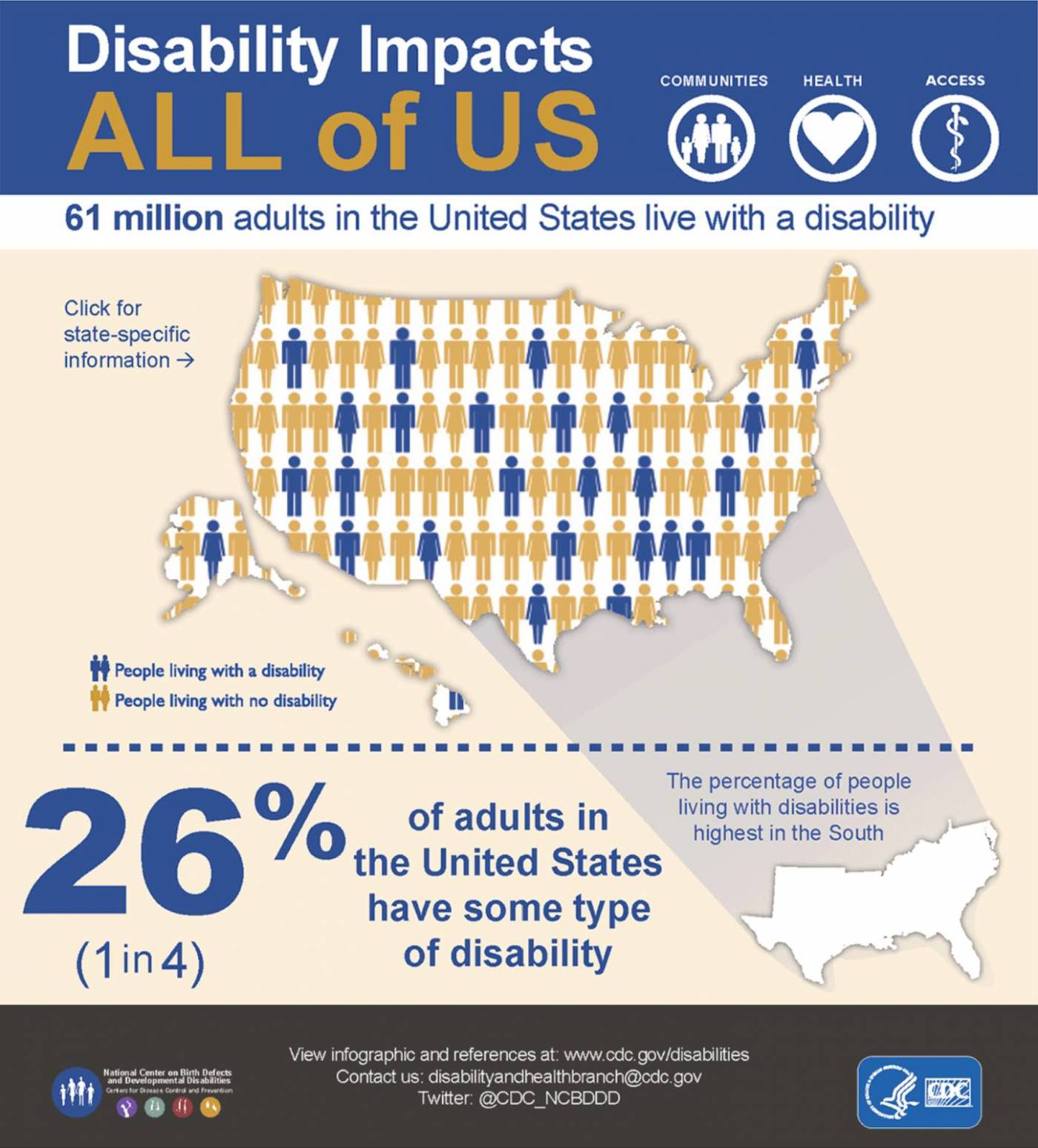
While there are accessibility requirements set by the Americans with Disabilities Act (ADA), many lab spaces, and higher education campuses in general, do not meet these standards (5). For example, automatic doors are often nonfunctional, ramps may be blocked by machinery, and lab spaces are frequently too cluttered for wheelchair users to navigate.
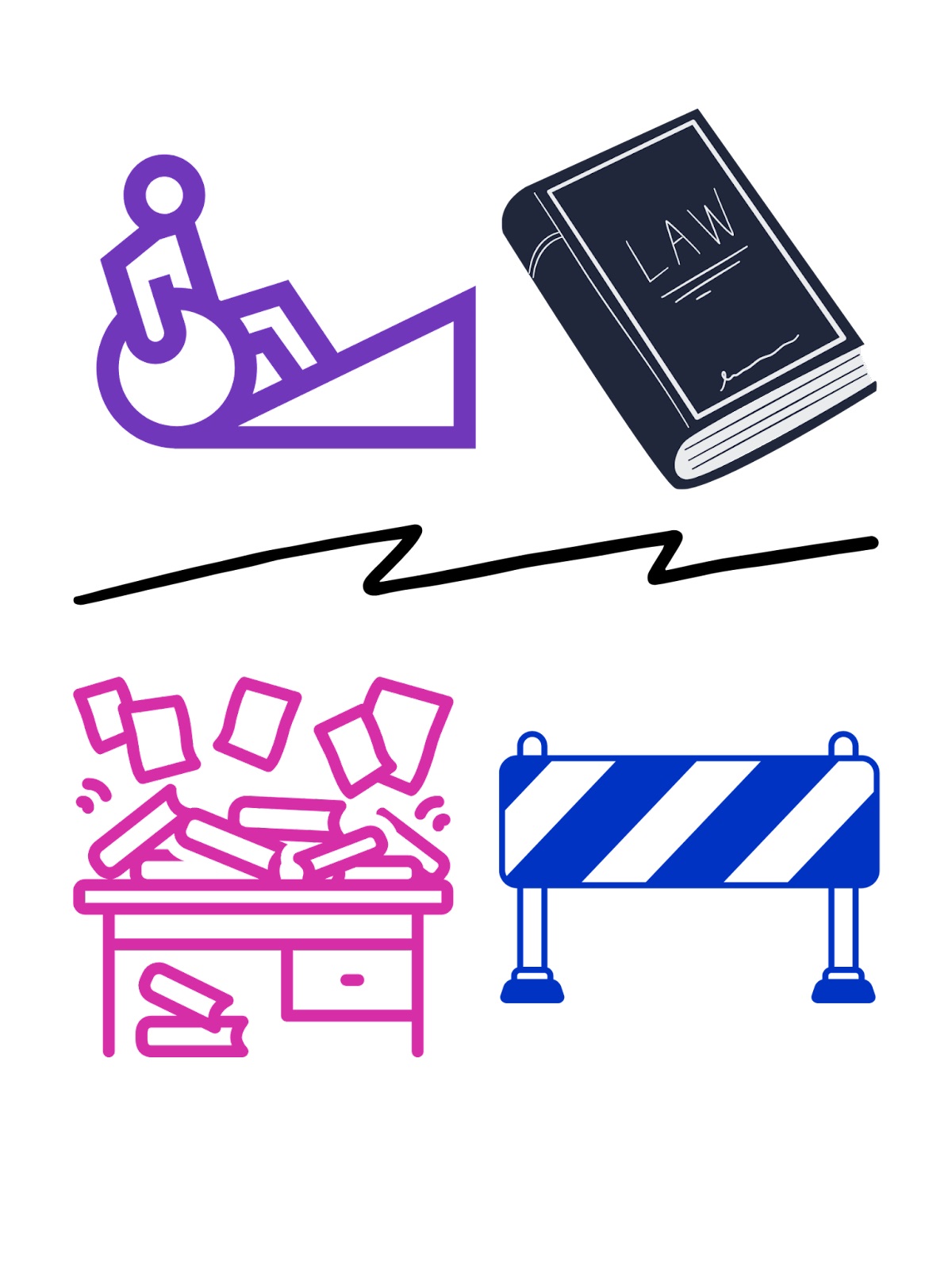
While we may be reliant on administrative offices to repair faulty automatic doors, there are many simple ways that we can make lab spaces physically accessible to disabled and chronically ill people. Below are just a few actions we can take in our own lab spaces to make them accessible to all.
Quick Tips for Improving Accessibility in Your Lab Space
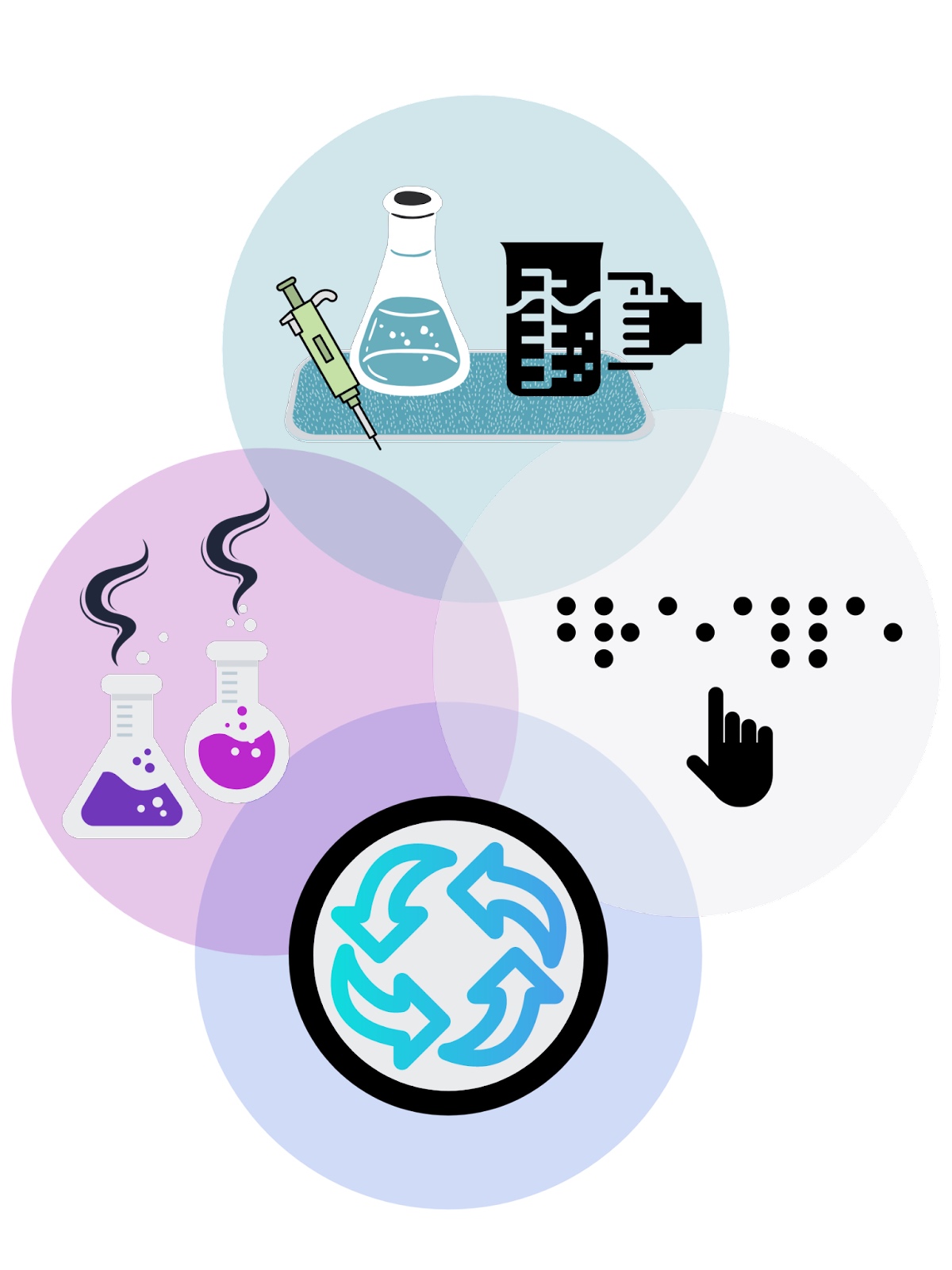
- Add sticky mats on bench tops and purchase beakers with handles- these tools enhance stability while pouring and measuring liquids, especially for those with mobility or grip challenges (6).
- Place a Lazy Susan in cabinets and storage spaces- including these features not only create an organized lab, they allow scientists with low mobility or who use wheelchairs to access lab equipment and reagents (7).
- Create large print signs or use a Braille labeler- clear, legible, and Braille signage allows those with low vision to navigate the lab safely (6).
- Encourage lab mates to measure malodorous chemicals in a ventilated hood- safe, but malodorous chemicals can aggravate chronic illnesses and contribute to sensory overload (8).
- Have non-slip boards available- scientists using mobility aids such as wheelchairs or scooters can use these tools while transporting samples for additional safety and steadiness (5).
While retrofitting labs with accommodations does aid in campus accessibility, a more effective and long-lasting solution is to incorporate principles of universal design and universal design for learning into the framework of buildings and curricula. More information about these principles, and how to incorporate them into your lab, can be found in these resources.
References
- Centers for Disease Control and Prevention. Disability Impacts All of Us. https://www.cdc.gov/ncbddd/disabilityandhealth/materials/infographics.html.
- Kendall Powell. “Academia’s ableist mindset needs to change.” Nature. October 2021.
- Krys Méndez Ramírez. “Academic Ableism: Fighting for Accommodations and Access in Higher Education.” Disability Visibility. 2019
- @HannahntheWolf (Hannah Facknitz) et al. “[A] short thread thinking through disability services after Harvard revelations.” Twitter. February 2, 2022. https://twitter.com/HannahntheWolf/status/1492992431956004864
- LaWanda H. Cook. “Accommodating Persons with Physical Disability in the Lab” ACS. 2018.
- Mary Bethé Neel. “Using Technology and Other Assistive Strategies To Aid Students with Disabilities in Performing Chemistry Lab Tasks” J. Chem. Educ. 2007.
- Ontario’s Universities Accessible Campus. “Checklist for Making Science Labs Accessible for Students with Disabilities” Council of Ontario Universities.
- Joanna Boval and Sheila Kennedy. “Laboratory Safety for All: Accommodating Students with Disabilities in Chemistry Teaching Laboratories” Accessibility in the Laboratory. Chapter 8 pp 99-115. 2018

